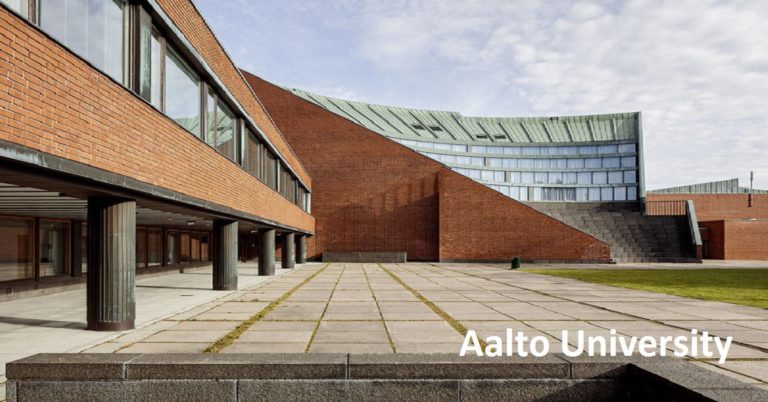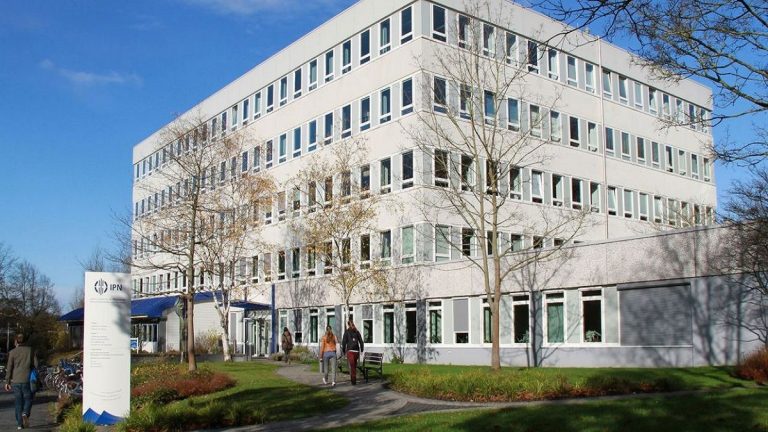
The hydrogen isotopes deuterium and the radioactive tritium are used as fuel in fusion reactors. In order to reduce fuel loss and due to safety issues, tritium accumulation into reactor walls and permeation through walls have to be prevented. Therefore, the development of tritium permeation barriers (TPB) is crucial for a safe reactor operation.
Thin ceramic coatings are promising candidates for TPB, due to their high thermal stability and corrosion resistivity, and their reasonable hydrogen permeation reduction factors. It is foreseen to implement such barrier layers in the reactor first wall and the breeding and cooling cycles in future fusion devices. Y2O3 was studied in detail in the last years at the IEK-4, Forschungszentrum Jülich. It was shown, that the microstructure influences largely the performance as a permeation barrier. By optimizing the microstructure, the permeation reduction factor could be enhanced by two orders of magnitude [1].
The assumption is that this enhancement is due to a change of grain structure, crystal phase and porosity in the sample by different deposition parameter and annealing conditions. Nevertheless, in order to clarify this behavior, extended experimental and modelling investigations has to be performed.
[1]: J. Engels, A. Houben, P. Hansen, M. Rasinski, and C. Linsmeier, International Journal of Hydrogen Energy 43, 22976 (2018).
The Master Thesis:
After a successful sample preparation by magnetron sputter deposition in steel substrates, the samples will be characterized by X-ray diffraction (XRD) and scanning electron microscopy (SEM) in order to investigate the crystal and microstructure. For investigation of the deuterium permeation and retention, deuterium gas-driven permeation measurements, thermal desorption spectroscopy (TDS) and nuclear reaction analysis (NRA) will be performed and analyzed. After performing the experiments and comparing the results, a holistic overview of the deuterium permeation process and the deuterium retention in Y2O3 will be obtained, which will be further verified by modelling.
All experimental devices are available at IEK-4 and expertise in modelling of hydrogen processes with a rate-equation model called CRDS is also available.
In IEK-4, the master students are trained to work on the devices independently, in order to give them the opportunity to archive technical skills. Furthermore, scientific discussions in seminars and small groups and the presentation of the scientific work in the institute and on conferences is largely supported.
Contact:
Please contact Anne Houben for more details and application: an.houben@fz-juelich.de
Anne Houben
Forschungszentrum Jülich
Institute of Energy and Climate Research
Plasma Physics IEK-4






